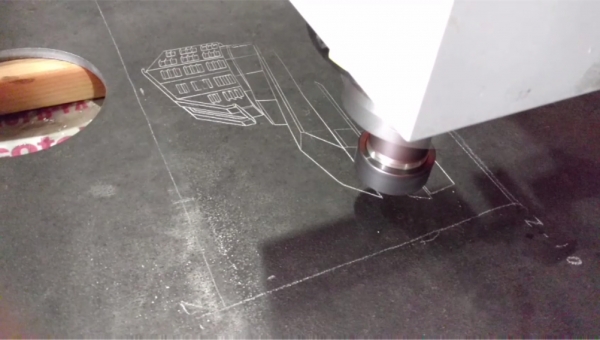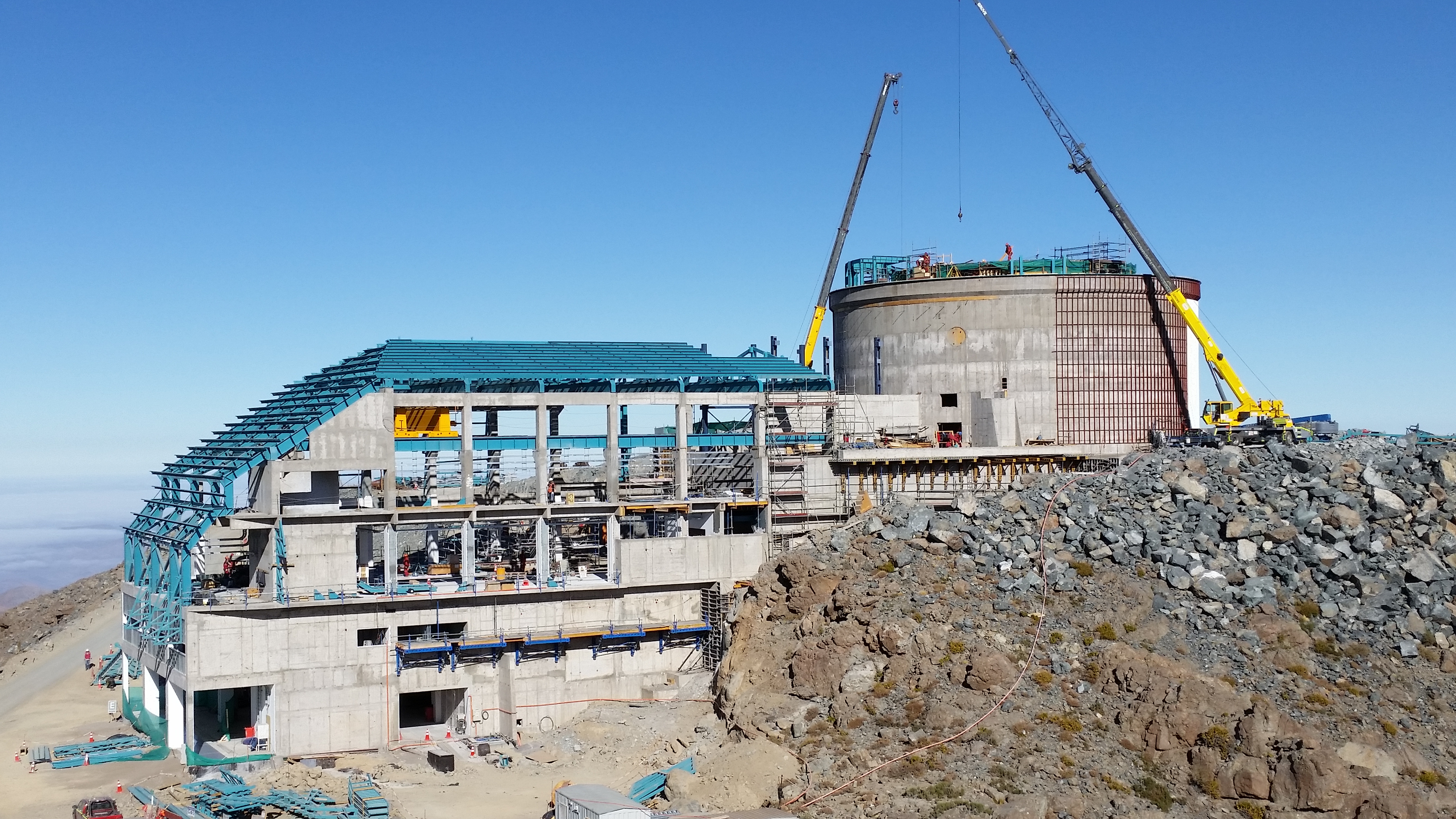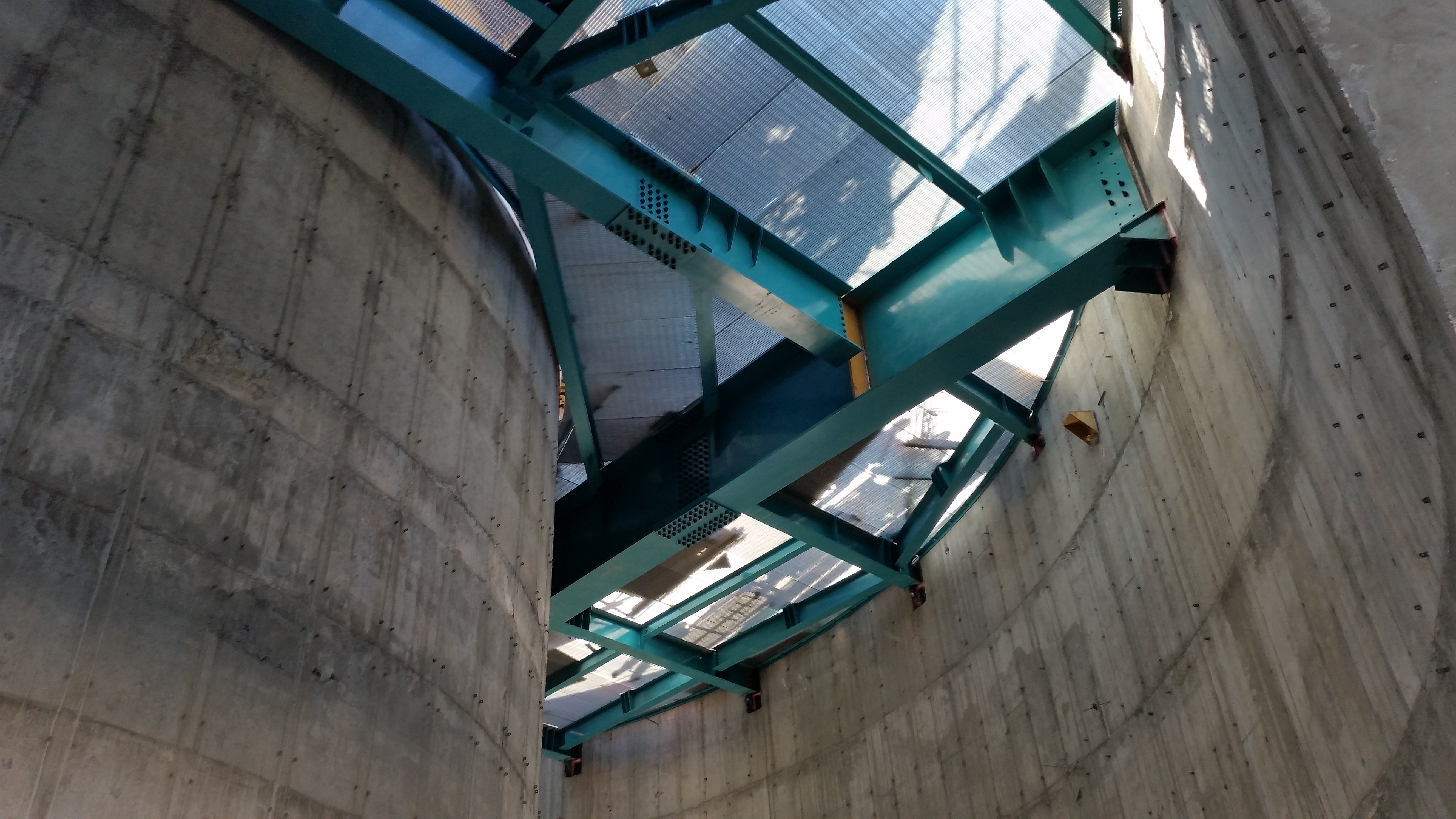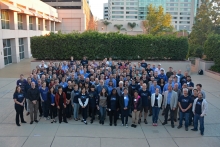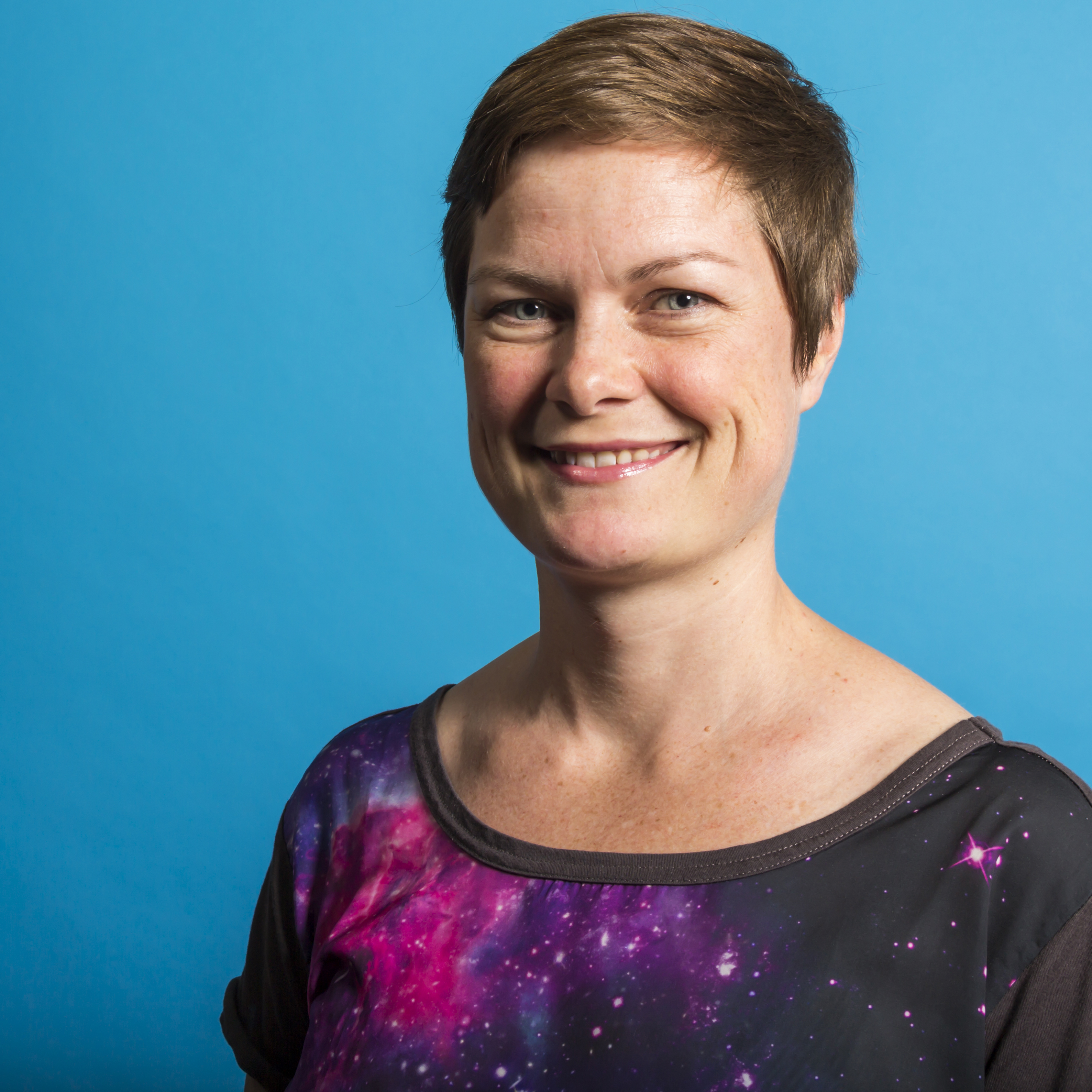A team from LSST traveled to Germany for the Coating Plant Final Design Review on March 20th-24th. In Dresden, the team inspected the coating chamber to ensure all the appropriate program requirements will be met. They then traveled to Deggendorf to inspect the progress of the vacuum vessels. More information and images can be seen here.
LSST leadership will be in Washington, DC, April 3 – 7, for a two-day meeting of the AURA Management Council for LSST (AMCL). This oversight body meets three times a year to discuss technical progress and review its fiduciary responsibilities for the LSST construction project. Priority topics this time include the Data Management replan and Operations planning. While in DC, S. Kahn, B. Willman, and V. Krabbendam will visit the congressional appropriations committee staff, the Office of Management and Budget, and participate in the LSSTC meeting (see below).
The LSST Systems Engineering group held their regular monthly Risk Review this week, focusing now on schedule risks. Work also continues on verification planning as well as transferring the Systems Engineering model to MagicDraw from Enterprise Architect. A response to the final report from the DOE/NSF commissioning review has been completed, with Systems Scientist Chuck Claver consolidating responses to the 28 recommendations received.
From Cerro Pachón, the news is that “Italy has landed in Chile”, meaning that initial shipments from our Dome Vendor have arrived and the EIE team now shares the summit with the Chilean Besalco firm. The two teams will work simultaneously and in close proximity for the next several months, moving construction forward swiftly and safely.
CORPORATION NEWS
The LSST Corporation Board and Member Representatives will have a face-to-face meeting in Washington, DC, next week. Operations planning will be a priority topic of discussion. In addition, Institutional Members and their Government Relations Officers have scheduled meetings to update their Congressional representatives about LSST and promote the value of scientific research.
PERSONNEL NEWS
Ranpal Gill joined the Project Office in Tucson this week as a Senior Manager, providing technical and programmatic support to Project Manager Victor Krabbendam in a variety of areas. Ranpal brings considerable expertise and experience in project controls and project management to LSST and will initially be involved with risk management as well as schedule and budget concerns. Ranpal worked previously in project controls with the European Space Agency and also in the banking industry.
Kristen Metzger has joined the LSST team in Tucson as a Science Writer, dividing her time between Education and Public Outreach and Communications. Kristen will assist with the website text and captions, the Weekly Digest, and our soon-to-be implemented Digital Asset Management system for organizing multimedia products. She previously worked at Reid Park Zoo in Tucson on a variety of coordination, communication, and educational projects.
Andrew Serio has joined LSST as the Telescope Systems Engineer, supporting the Telescope and Site (T&S) Group in maintaining requirements documents and ensuring that all requirements are properly controlled by all stakeholders. Andrew will also assist the T&S Assembly, Integration and Verification (AIV) team in developing the necessary strategy for the verification process in Chile. Previously, Andrew was the Systems Engineer for GeMS during its verification and commissioning phase. Andrew began his LSST employment in the Chile office this week and will be transitioning to Tucson soon.
UPCOMING MEETINGS with LSST INVOLVEMENT
(those with asterisk* are LSSTC funded):
2017
|
|
|
April 3 - 5
|
LSSTC F2F Board Meeting and Hill Visits, Washington, DC
|
|
April 6 & 7
|
AURA Management Council for LSST (AMCL) Meeting, Washington, DC
|
|
April 3-7
|
LSST DESC Hack Week *, Fermi National Accelerator Laboratory
|
|
April 18-20
|
Statistical Challenges for Large-scale Structure in the LSST* Oxford, UK
|
|
April 24-28
|
Data Science Fellowship Program – Session 3 * Tucson, AZ
|
|
May 1 – 3
|
NSF Large Facilities Workshop, Baton Rouge and Livingston, LA
|
|
May 1 – 5
|
AURA Board and Member Representatives Annual Meeting, Tucson, AZ
|
|
May 12 - 13
|
LSST Detection of Optical Counterparts of Gravitational Waves*, BNL. Contact Morgan May for additional information.
|
|
May 22 – 25
|
Infrastructure for Time Domain Science in the Era of LSST, Tucson, AZ
|
|
May 31 - June 2
|
Supernovae: The LSST Revolution Workshop *, Northwestern University, Evanston, IL
|
|
June 12 – 16
|
Getting Ready for Doing Science with LSST Data,* IN2P3, Lyon, France
|
|
June 19 – 21
|
AURA Workforce and Diversity Committee (WDC), Maui, HI
|
|
July 10 - 14
|
DESC Meeting, Dark Energy School, and Hack Day*, jointly hosted by Stony Brook University & BNL
|
|
August 14 – 18
|
LSST 2017 Project & Community Workshop, Tucson, AZ
|
|
September 6 – 8
|
NSF/DOE Joint Status Review, Tucson, AZ
|
|
September 14 – 15
|
AURA Management Council for LSST (AMCL) Meeting, Tucson, AZ
|
|
November 7 – 9
|
AURA Workforce & Diversity Committee (WDC), La Serena, Chile
|
Noticias del Proyecto
Un equipo de LSST viajó a Alemania para la Revisión del Diseño Final de la Plante de Recubrimiento en Marzo 20 al 24. En Dresden, el equipo inspeccionó la cámara de recubrimiento para asegurar que todos los requisitos adecuados del programa serán cumplidos. Luego viajaron a Deggendorf para inspeccionar el progreso de los recipientes de vacío. Más información e imágenes pueden verse aquí.
El liderazgo de LSST estará en Washington, DC, Abril 3 - 7, para una reunión de dos días del Consejo de Gerencia de AURA para LSST (AMCL). Este órgano de supervisión se reúne tres veces al año para discutir los avances técnicos y revisar sus responsabilidades fiduciarias para el proyecto de construcción de LSST. Esta vez los temas prioritarios incluyen la re planificación de Gestión de Datos y la planificación de operaciones. Mientras estén en DC, S. Kahn, B. Willman y V. Krabbendam visitarán el comité de apropiaciones del congreso, funcionarios de la Oficina de Administración y Presupuesto, y participaran en la reunión LSSTC (vea más abajo).
El grupo de Ingeniería de Sistemas LSST tuvo su mensual Revisión de Riesgos esta semana, centrándose ahora en el programa de riesgos. También continúa el trabajo de planificación de la verificación, así como la transferencia del modelo de Ingeniería de Sistemas a MagicDraw de Enterprise Architect. Una respuesta al informe final de revisión de puesta en marcha de DOE/NSF se ha completado, con el Científico de Sistemas Chuck Claver consolidando respuestas a las 28 recomendaciones recibidas.
Desde Cerro Pachón, la noticia es que "Italia ha llegado en Chile", lo que significa que los envíos iniciales de nuestro Dome Vendor han llegado y que el equipo EIE ahora comparte el sitio con la empresa chilena Besalco. Los dos equipos funcionarán simultáneamente y en estrecha proximidad durante los próximos meses, moviendo el avance de construcción rápidamente y de forma segura.
Noticias de la Corporación
La Junta de la Corporación LSST y los Miembros Representantes tendrán una reunion cara a cara en Washington, DC, la próxima semana. La planificación de operaciones será un tema prioritario de discusión. Además, los Miembros Institucionales y sus Oficiales de Relaciones con el Gobierno han programado reuniones para actualizar a sus representantes en el Congreso sobre LSST y promover el valor de la investigación científica.
Noticias de Personal
Ranpal Gill se unió a la Oficina del Proyecto en Tucson esta semana como Senior Manager, proporcionando apoyo técnico y programático para Project Manager Victor Krabbendam en una variedad de áreas. Ranpal aporta considerables conocimientos y experiencia en gestión de proyectos y controles de proyecto para LSST y estará inicialmente involucrada con la gestión de riesgos, así como la planificación y presupuesto. Ranpal trabajó anteriormente en controles de proyecto con la Agencia Espacial Europea y también en el sector bancario.
Kristen Metzger se ha unido al equipo de LSST en Tucson como Escritor Científico, dividiendo su tiempo entre Educación y Difusión Pública y Comunicaciones. Kristen ayudará con texto del sitio web, el Weekly Digest y nuestro pronto-a-ser implementado Sistema de Gestión de Activos Digitales para organizar los productos multimedia. Ella trabajó anteriormente en el Reid Park Zoo en Tucson en una variedad de proyectos de coordinación, comunicación y educativos.
Andrew serio se ha sumado a LSST como Ingeniero de Sistemas del Telescopio, apoyando al Grupo de Telescopio y Sitio (T&S) para mantener documentos de requisitos y garantizar que todos los requisitos estén adecuadamente controlados por todos los interesados. Andrew también ayudará al Montaje T&S, al equipo de Integración y Verificación (AIV) para desarrollar la estrategia necesaria para el proceso de verificación en Chile. Anteriormente, Andrew fue el Ingeniero de Sistemas para GeMS durante su fase de verificación y puesta en marcha. Andrew comenzó su empleo con LSST en la oficina de Chile esta semana y hará su transición a Tucson pronto.
Próximas reuniones con participación LSST
(aquellos con un asterisco* son financiados por LSSTC):
2017
|
|
|
Abril 3-5
|
Reunión de la Junta y Visitas de Hill LSSTC F2F, Washington, DC
|
|
Abril 6 & 7
|
Reunión Consejo de Gerencia AURA para LSST (AMCL), Washington, DC
|
|
Abril 3-7
|
LSST DESC Hack Week*, Laboratorio Nacional de Acelerador Fermi
|
|
Abril 18-20
|
Statistical Challenges for Large-scale Structure in the LSST* Oxford, UK
|
|
Abril 24-28
|
Data Science Fellowship Program – Session 3 * Tucson, AZ
|
|
Mayo 1-3
|
Taller de Gran Instalaciones de NSF, Baton Rouge y Livingston, LA
|
|
Mayo 1-5
|
Reunión Anual de la Junta de AURA y Miembros Representantes, Tucson, AZ
|
|
Mayo 12-13
|
LSST Detection of Optical Counterparts of Gravitational Waves*, BNL. Contactar a Morgan May para obterner informacion adicional.
|
|
Mayo 22-25
|
Infrastructure for Time Domain Science in the Era of LSST, Tucson, AZ
|
|
Mayo 31-Junio 2
|
Supernovae Workshop *, Northwestern University, IL
|
|
Junio 12-16
|
Getting Ready for Doing Science with LSST Data, Lyon, France
|
|
Junio 19-21
|
Fuerza Laboral de AURA & Comité de Diversidad (WDC), Maui, HI
|
|
Julio 10-14
|
DESC Meeting, Dark Energy School, and Hack Day*, Brookhaven National Lab
|
|
Agosto 14-18
|
Taller de Proyecto & Comunidad LSST 2017, Tucson, AZ
|
|
Septiembre 6-8
|
Revisión de Estado Conjunta NSF/DOE, Tucson, AZ
|
|
Septiembre 14-15
|
Reunión Consejo de Gestión de AURA para LSST (AMCL), Tucson, AZ
|
|
Noviembre 7-9
|
Fuerza Laboral de AURA & Comité de Diversidad (WDC), La Serena, Chile
|


